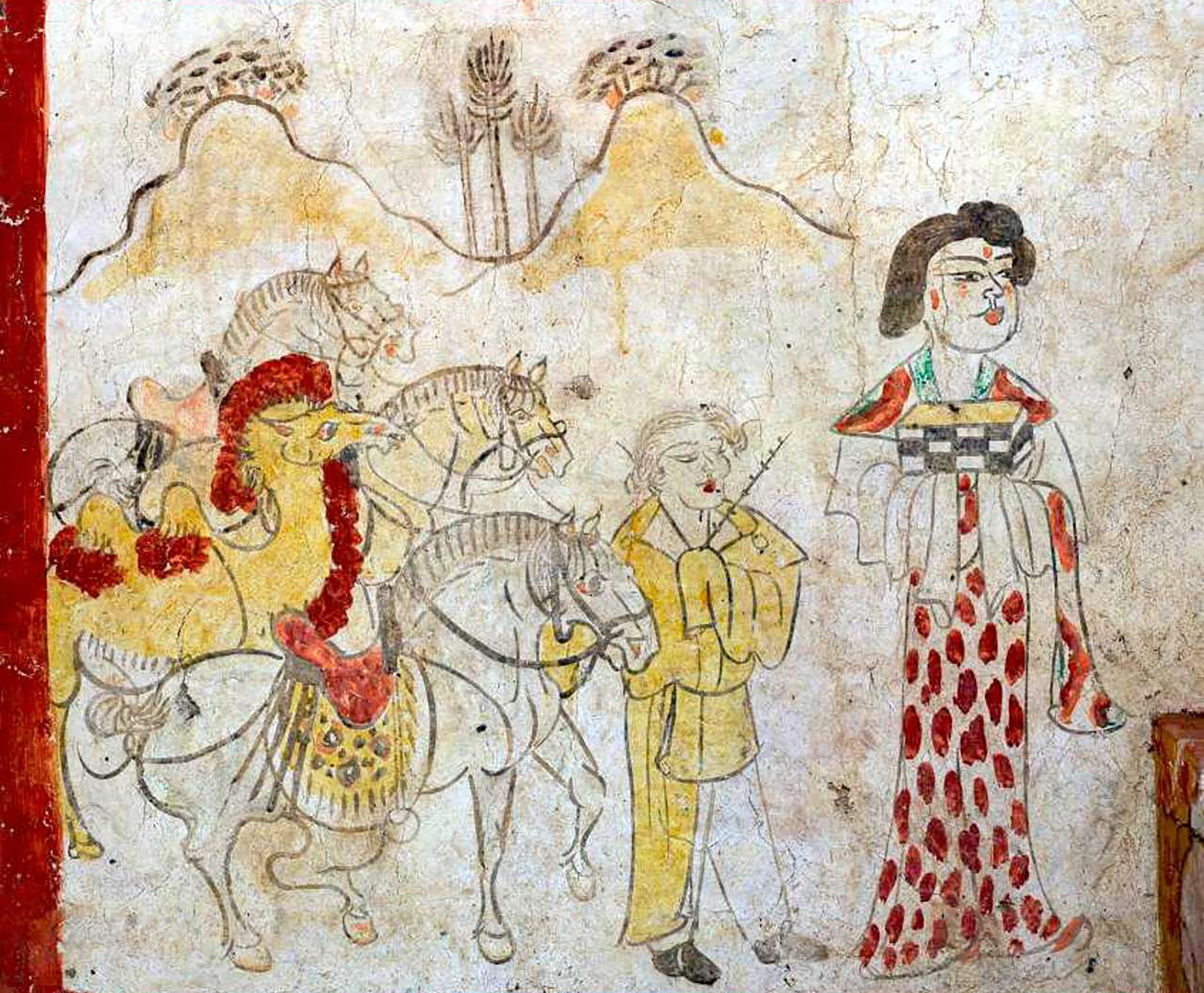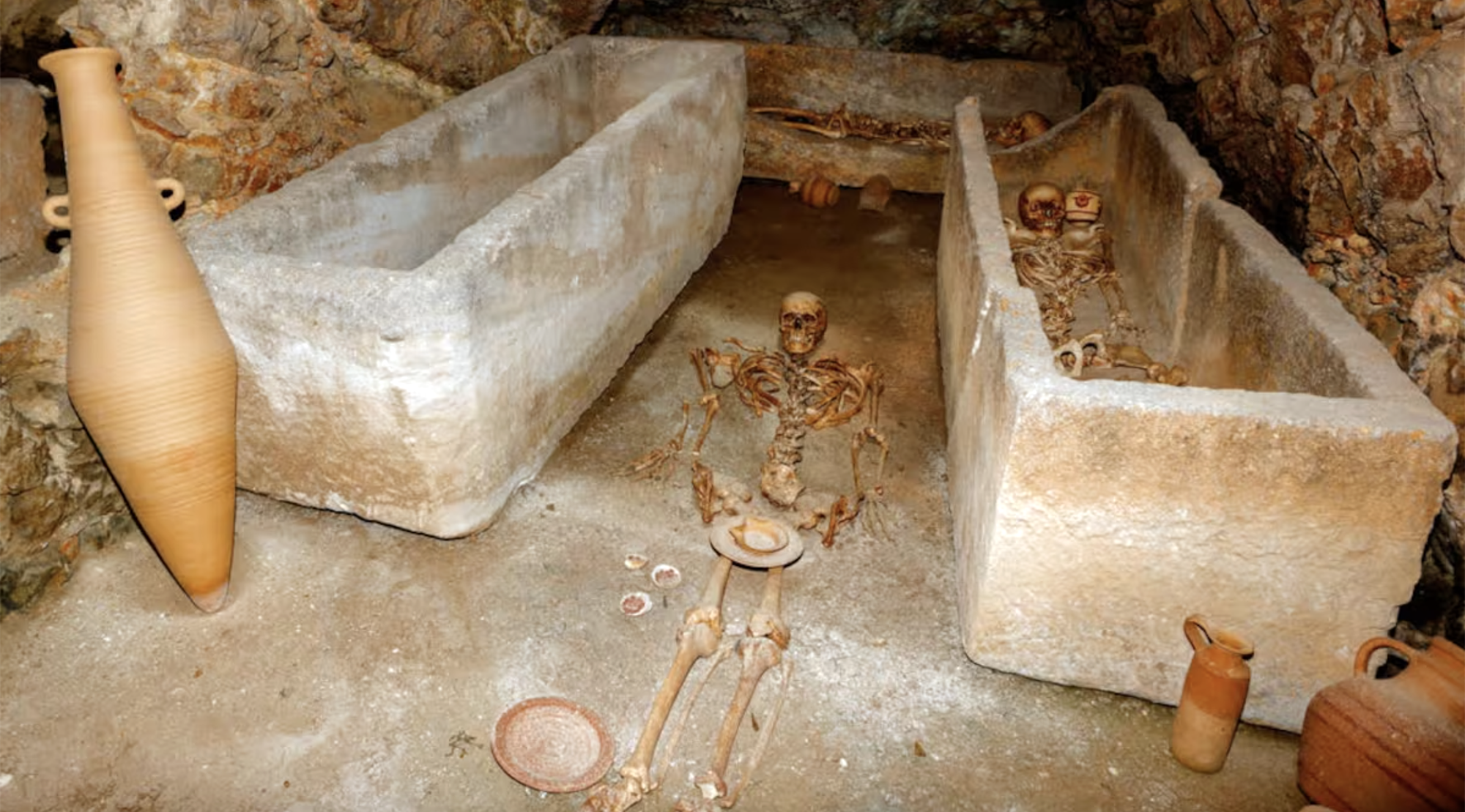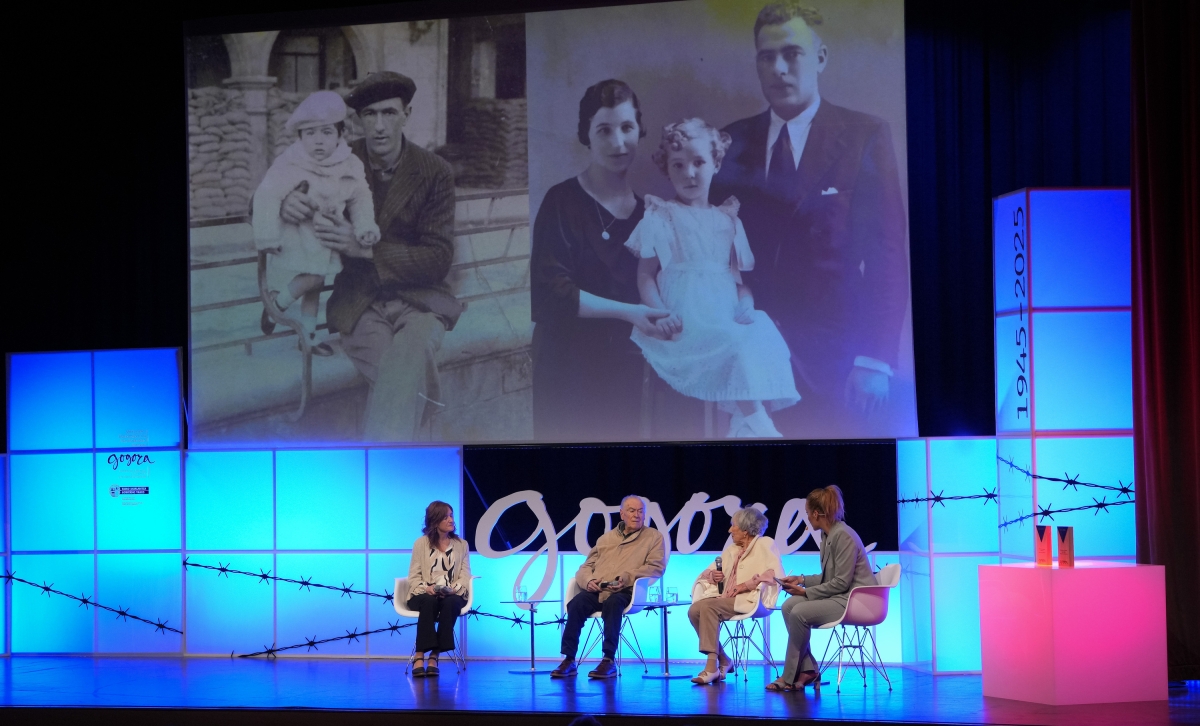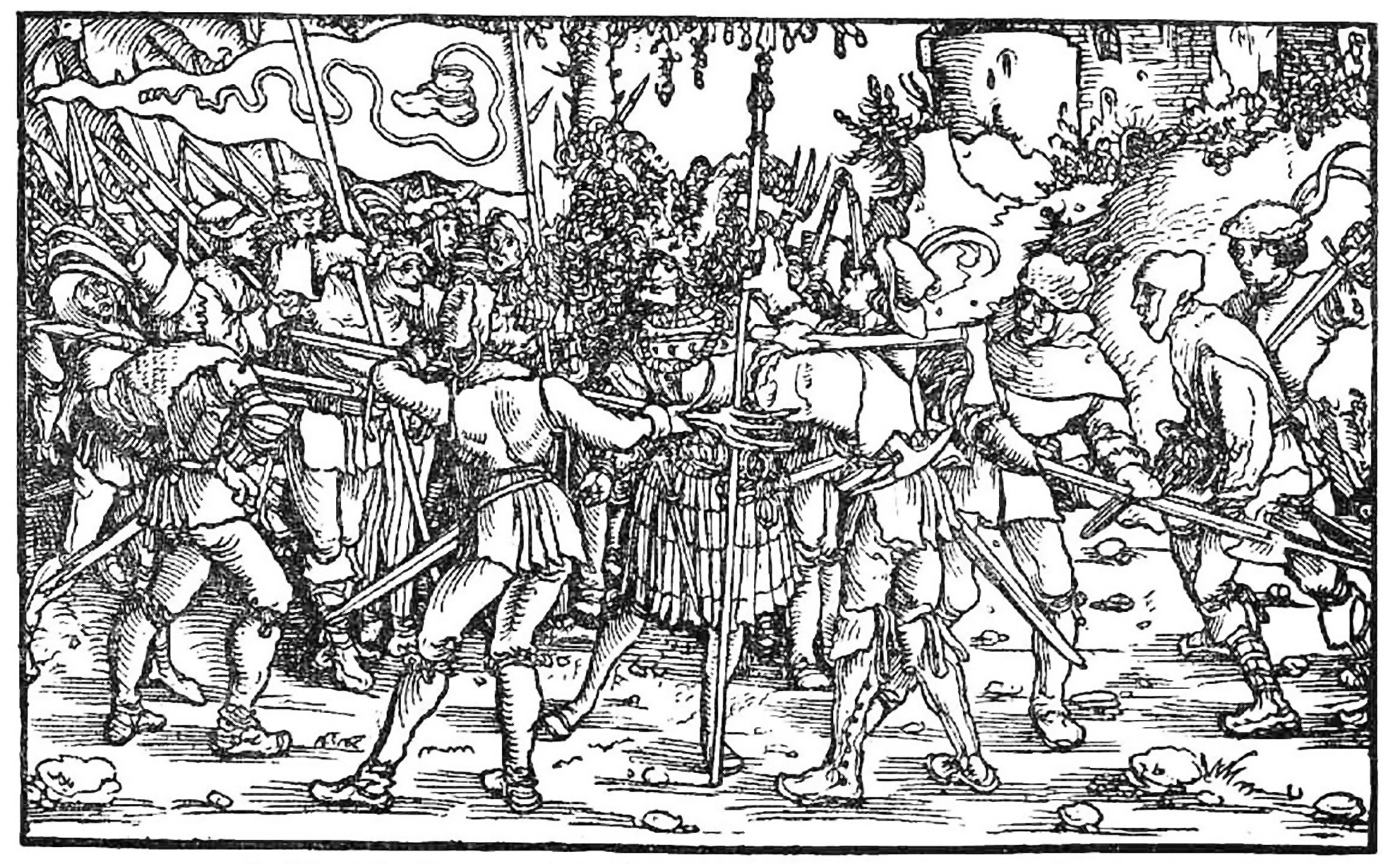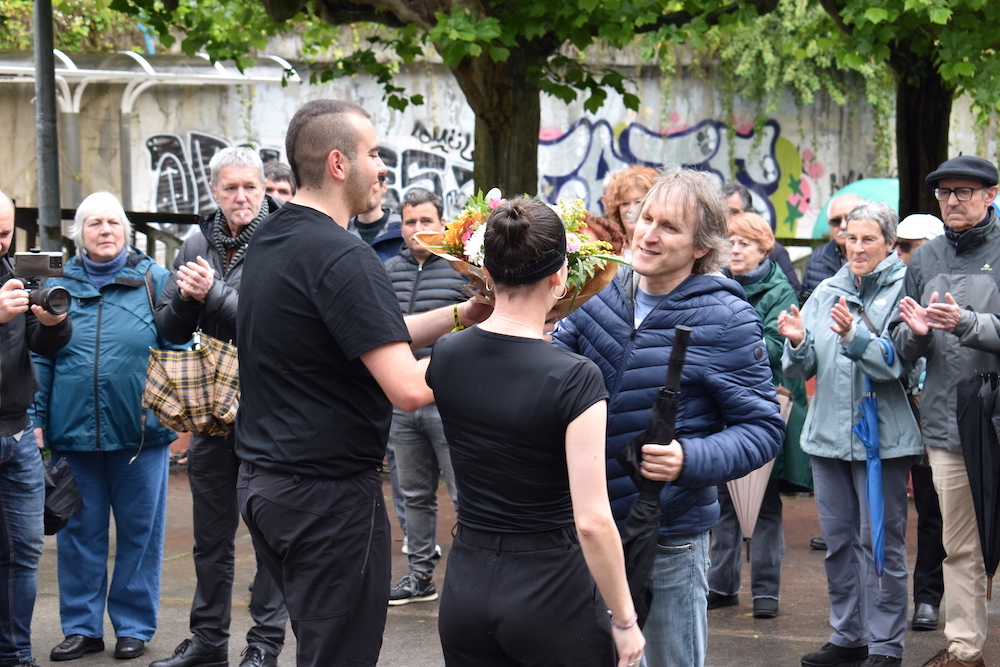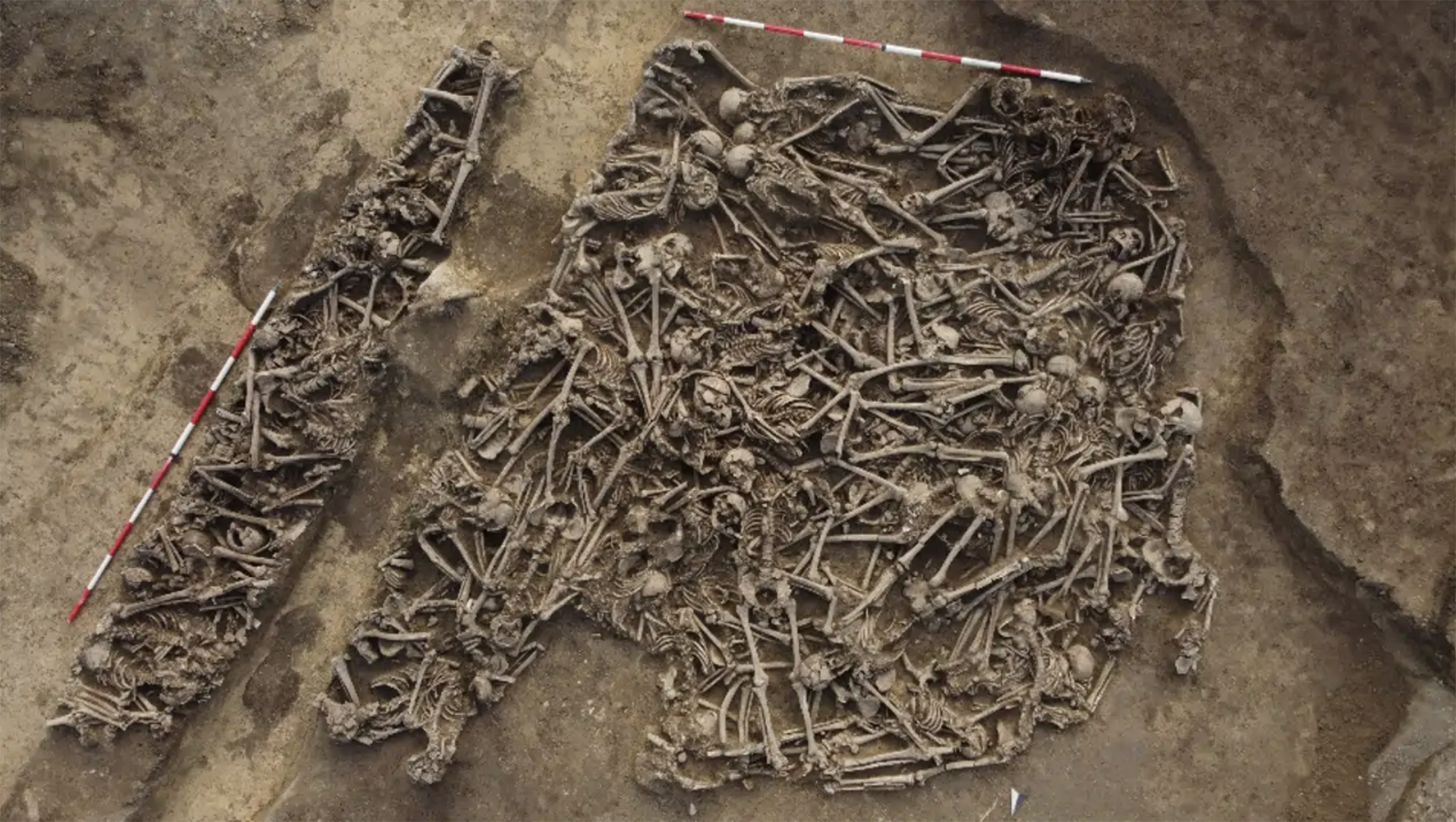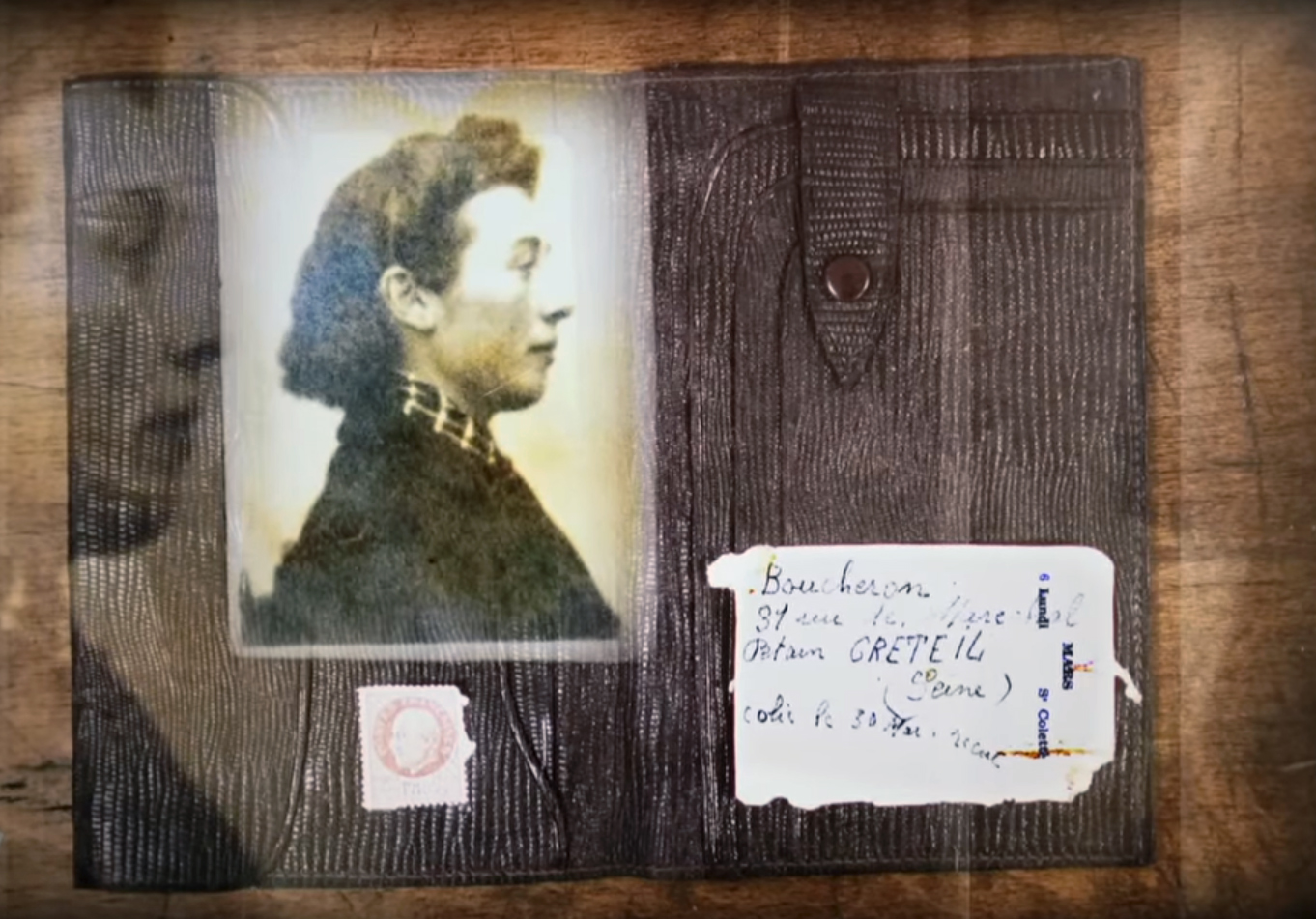Emancipated mourning in Toplés
- Vaduz (Liechtenstein), August 1892. Princess Pauline Metternich and Countess Kielmannsegg faced a clash of swords. It was not the first duel against two women, they were mentioned as such since the middle of the seventeenth century in France, and in England, a century earlier, in 1792, the first had been done, between lady Almeria Braddock and Mrs. Elphinstone, to resolve the debate on the age of the first.
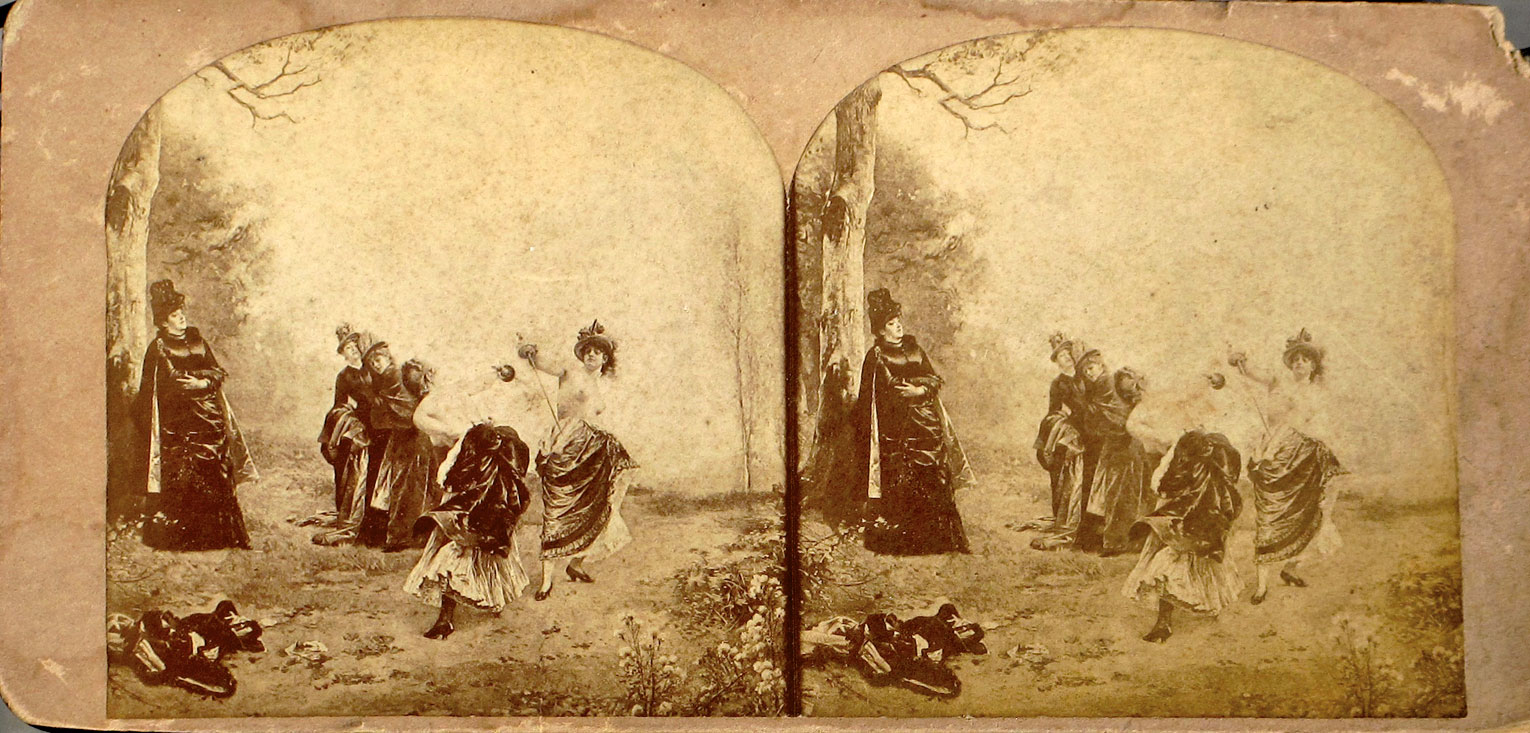
And yet, Vaduz’s had a great echo and they called him “the first emancipated mourning.” In addition to the two contestants, their substitutes and collaborators were women, and also Baroness Lubinska who organized and led the duel. Lubinska himself ordered the swords to undress before starting to shake their guns. This detail probably attracted the public, rather than the emancipation of women.
According to eyewitnesses, all the formalities, including the traditional attempt at reconciliation and subsequent challenge, were strictly adhered to in the mourning. The two ladies were thrown into battle and, after marching, a violent movement of the princess caused the countess to bleed through the nose (although we were not informed of the winner of the mourning, the winner should be Pauline Metternich, who was the first to shed blood on her opponent). Princess Metternich, shocked by the damage caused, fell off the sword and took her hands to her face. Kielmannsegg took this moment to rush and cut her forearm to the princess. When they saw the blood, their substitutes fainted. The men and women who were around them were instructed to stop at a certain distance and not to look at the mourning. But when they heard the lamentations of the women, they approached them, ready to help them. Baroness Lubinska found that men’s servants had other intentions and attacked them with the umbrella, “Don’t look, don’t look, don’t look, impure!”
Those women did not raise their breasts to draw attention. Not to dirty or scratch their expensive dresses. At that time, medical women were not common, but Lubinska had the title of a doctor and, in addition, the experience of caring for the wounded on the battlefield. He knew perfectly well that tissue remains increased the risk of infection in the wounds and ordered that the health of the contestants be monitored.
So, they had good reasons to take their clothes off the waist. Not so good to call the grief itself: apparently, the disagreement between the two women was provoked by the floral decorations for a musical performance that was being organized.
In the Chinese province of Shanxi, in a tomb of the Tang dynasty, paintings depicting scenes from the daily lives of the dead are found. In one of these scenes a blonde man appears. Looking at the color of the hair and the facial expression, archaeologists who have studied the... [+]
Carthage, from B.C. Around the 814. The Phoenicians founded a colony and the dominant civilization in the eastern Mediterranean spread to the west. Two and a half centuries later, with the decline of the Phoenician metropolis of Tyre, Carthage became independent and its... [+]
Salvador Puig Antich frankismoaren kontrako militantea izan zen. Askapen Mugimendu Iberikoko kidea, 1973ko irailaren 25ean atxilotu zuten. Gerra-kontseilua egin zioten, eta garrotez exekutatu zuten handik sei hilabetera, 1974ko martxoaren 2an. Aurtengo otsailean baliogabetu du... [+]
Rudolf Botha hizkuntzalari hegoafrikarrak hipotesi bat bota berri du Homo erectus-i buruz: espezieak ahozko komunikazio moduren bat garatu zuen duela milioi bat urte baino gehiago. Homo sapiens-a da, dakigunez, hitz egiteko gai den espezie bakarra eta, beraz, hortik... [+]
Böblingen, Holy Roman Empire, 12 May 1525. Georg Truchsess von Waldburg overthrew the Württemberg insurgent peasants. Three days later, on 15 May, Philip of Hesse and the Duke of Saxony joined forces to crush the Thuringian rebels in Frankenhausen, killing some 5,000 peasants... [+]
During the renovation of a sports field in the Simmering district of Vienna, a mass grave with 150 bodies was discovered in October 2024. They conclude that they were Roman legionnaires and A.D. They died around 100 years ago. Or rather, they were killed.
The bodies were buried... [+]
Washington, D.C., June 17, 1930. The U.S. Congress passed the Tariff Act. It is also known as the Smoot-Hawley Act because it was promoted by Senator Reed Smoot and Representative Willis Hawley.
The law raised import tax limits for about 900 products by 40% to 60% in order to... [+]











